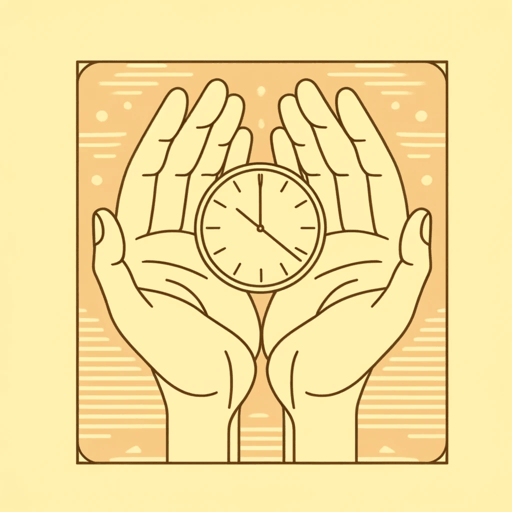52 pages • 1 hour read
Edward T. HallBeyond Culture
Nonfiction | Book | Adult | Published in 1976A modern alternative to SparkNotes and CliffsNotes, SuperSummary offers high-quality Study Guides with detailed chapter summaries and analysis of major themes, characters, and more.
Chapters 7-9Chapter Summaries & Analyses
Chapter 7 Summary: “Contexts, High and Low”
Hall urges readers to begin studying culture anywhere. Hall begins with the law to expand on contexting, calling law a “low-context edifice in which it is extraordinarily difficult to guarantee that the proceedings can be linked to real life” (106), while emphasizing that people aren’t equal under the law due to power, ethnicity, socioeconomic factors, and more. Hall describes the law as ordinary, contrary to lawyers’ belief, because low-context culture has made the system “open to manipulation” (107). In contrast, French courts are high-context and aim to better understand the human being(s) involved in the case.
Hall claims that Japanese and French systems and culture are difficult for Americans to access because they include both high-context and low-context institutions and situations. Hall offers the example of the “Girard incident,” in which the American soldier William S. Girard was tried in a Japanese court for shooting and killing a local woman who was collecting spent shell casings near a US military base. Girard, who was on duty at the time, claimed that the killing was accidental and that he only shot at her as a joke. He acted pompously in court rather than with contrition, failing to recognize the high-context 







